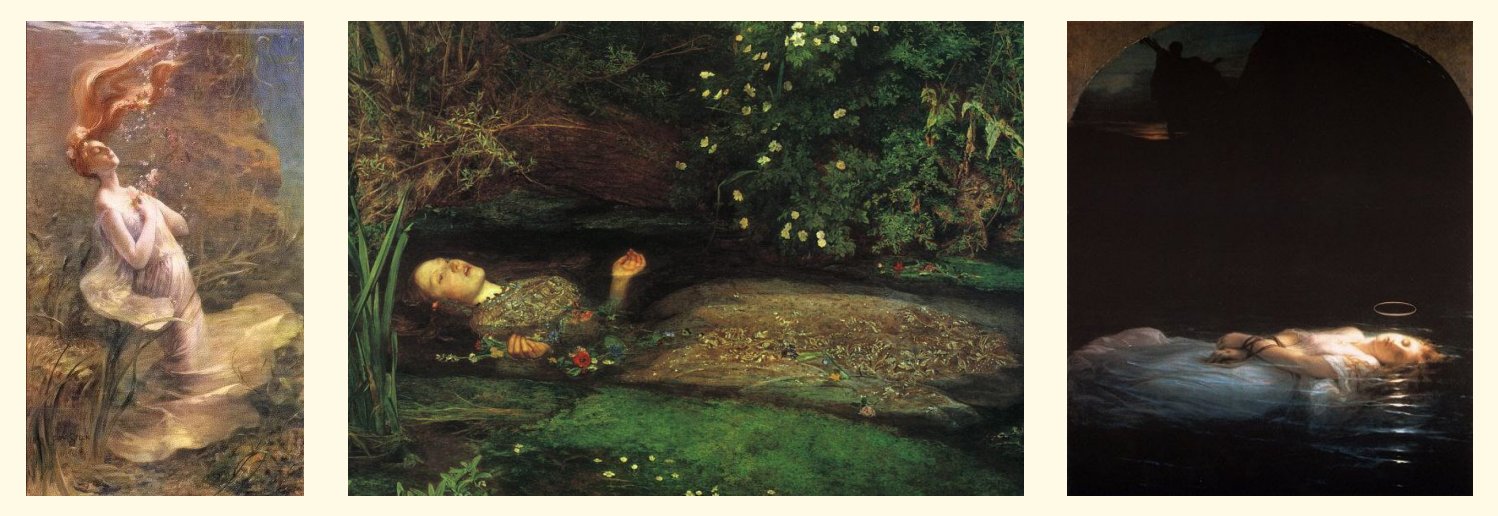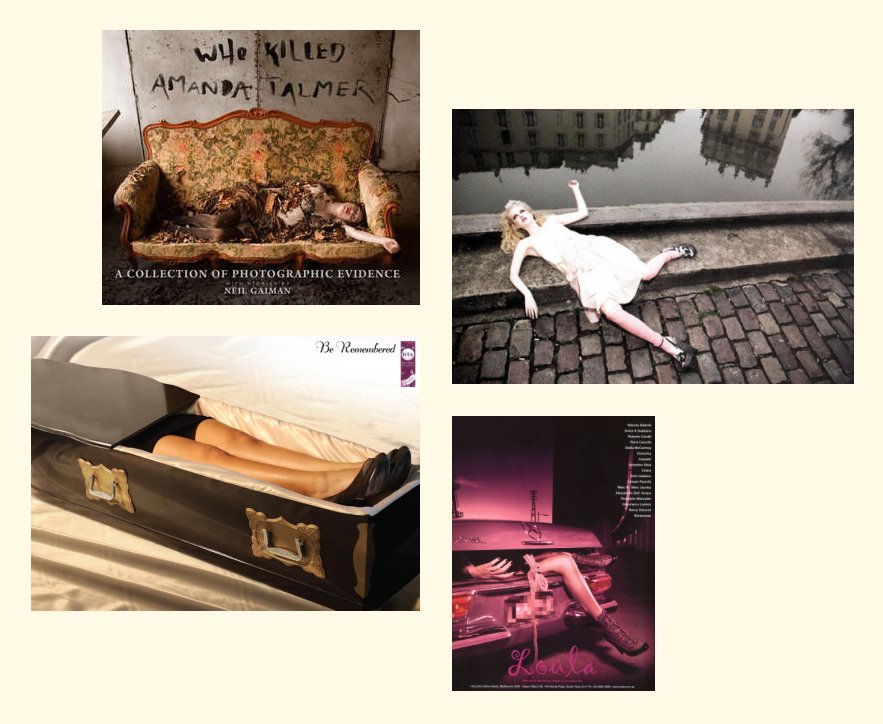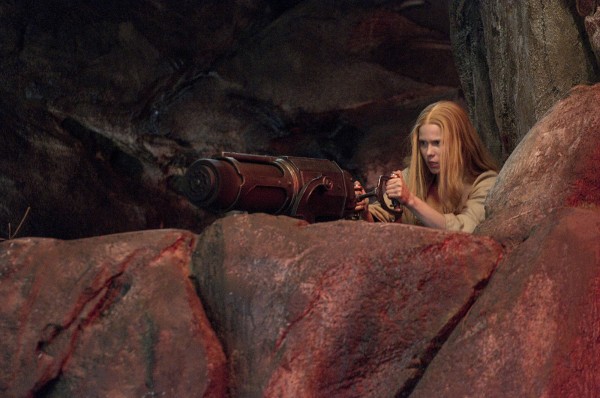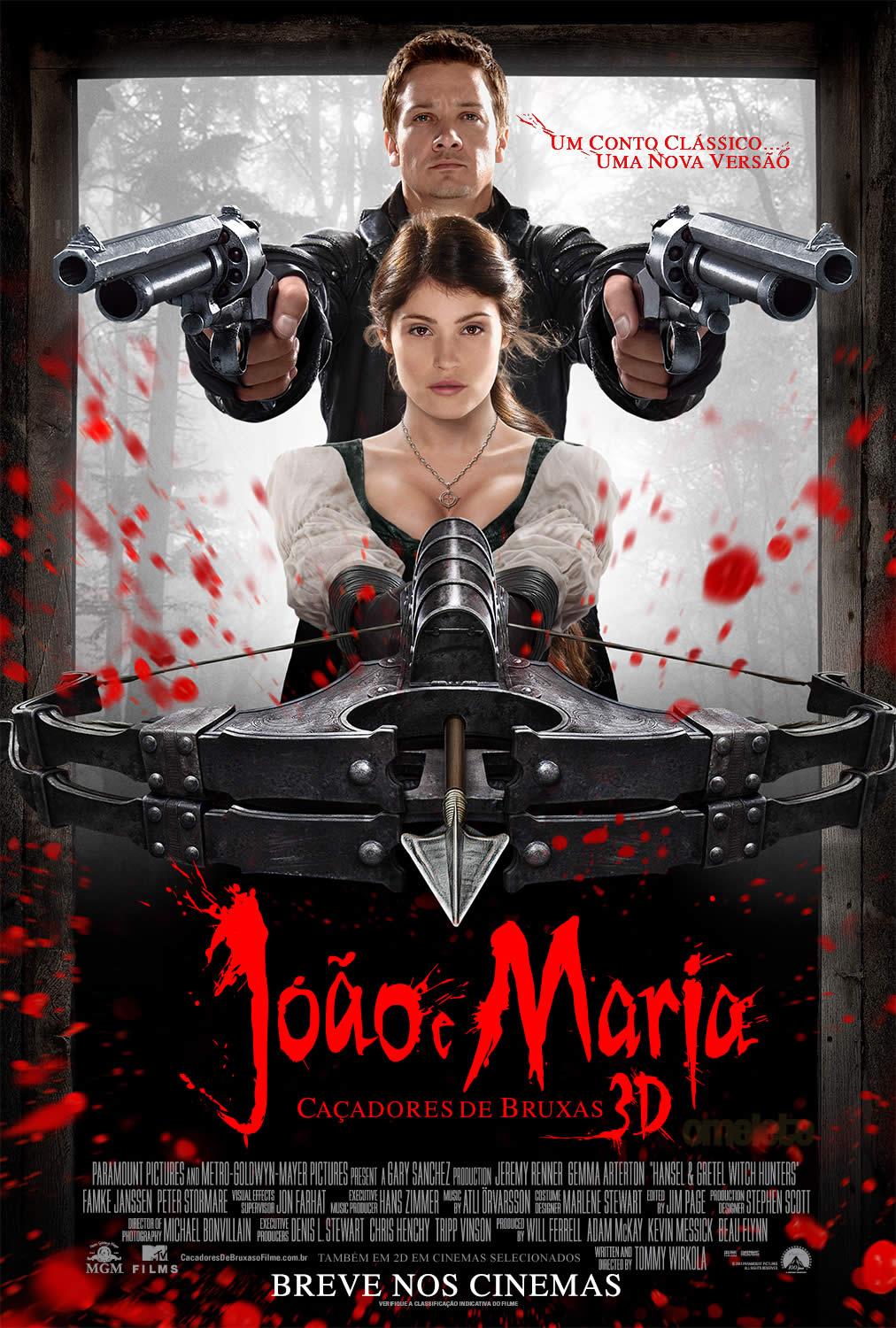In New York this poster has been all over the subway for months:

(Had to change versions to a different one that will display.)
There are also versions of the poster with just the dead one's profile, five feet across along the bottom. Plot is, the live one with the badge goes undercover to solve the murder of the dead one. The premise is no more singular than the marketing choice of fronting an elegant dead hot babe, I'm sure you'll all agree.
A thorough design study of US Young Adult book covers in 2011 includes this graphic:

From http://www.katehart.net/2012/05/uncover ... -2011.html
More after the interesting article by Rachel Stark:
http://trac-changes.blogspot.com/2011/1 ... n-why.html
Trac Changes
"The industry may change, but the passion never does."
Wednesday, October 26, 2011
Cover Trends in YA Fiction: Why the Obsession with an Elegant Death?
In honor of Halloween (sort of), and of our recent cover conversation, I want to talk this week about a ghastly, gruesome, and growing trend in YA book covers. What trend is that, you might ask?
This is where I say something I didn't ever expect to say in one of these blog posts: trigger warning.
Because the trend is dead girls.
Dead girls in water, dead girls in bathtubs, dead girls in forests, dead girls in pretty dresses. Girls who might be dead, or might just look dead. Dead girls in so many pretty dresses.
Now, don’t get me wrong: I love a lot of these covers. Several of the covers pictured above are among the most eye-catching designs I’ve seen in the last year. But it seems like we just can’t get enough of these images, and it’s not just contemporary readers. More than 150 years ago, Edgar Allan Poe argued for the elegance of dead women:“Of all melancholy topics, what, according to the universal understanding of mankind, is the most melancholy?” Death — was the obvious reply. “And when,” I said, “is this most melancholy of topics most poetical?” From what I have already explained at some length, the answer, here also, is obvious — “When it most closely allies itself to Beauty: the death, then, of a beautiful woman is, unquestionably, the most poetical topic in the world.”
Poe felt that every story should end with the death of a beautiful woman (you may have noticed he was pretty good at following his own rule). And he wasn't even the first; the paintings of many Renaissance and Pre-Raphaelite artists reflect the same fascination as those teen book covers:
Even so many years later, the worlds of advertising, pop culture, and fashion have embraced this ideal, churning out image after image of lovely dead ladies:
However long its history, this isn’t a trend that I particularly enjoy—and especially not when it's embraced by women and girls as this trend seems to be. It’s been well-documented* that the media depicts violence against women and glamorizes abuse, rape, murder, and suicide as positive so long as the victim can be sexualized in death. Beyond just desensitizing viewers or making truly horrific acts seem banal through overexposure, images that glamorize violence against women help to dehumanize women and girls. It’s a double-whammy; not only are the women in the photos objectified because, as lifeless characters, they become bodies rather than people, but they are also reduced to their sexualized parts. As Marina DelVecchio explains in just one of many articles about the subject, the dead girl in media “is merely a body, a vacant, empty, vessel intended to contain the needs of others—preferably men—and her body, which is the most desired aspect of her existence, perfect, lithe, smooth and hair-free, is open for interpretation and domination.” Seeing women dehumanized again and again makes it easier for those who are violent against women to justify their actions—and, indeed, to carry out violence against them.
[That's probably the case; though I don't think it more than begins to explain the frequency and potency of the dead girl as trope. There's more at work here besides (or other than) misogyny or violence.]
As we learned from my last post, the fact that the above book covers have been successful—the fact that the first impression they offer drives potential readers to explore more, impacting overall sales in a positive way—says something fundamental about the tastes of their target audience. So I can’t help wondering about the larger implications of these images, especially as part of a larger media culture that glorifies a great variety of disturbing images of women.
For months I’ve mentally classified these images among those that I find disturbing and frustrating in the fashion and media industries. But, now that I sit down to write this post, I’m not sure if that’s really what’s going on in the above book covers. Most of the images aren’t blatantly violent or overtly sexual. It might be more appropriate to call them glamorized—they seem less the product of overt “male gaze”**, and more the product of teenage girls’ morbidity. Rather than presenting the idea that violated and dominated women are sexy, these images present the idea that it is beautiful and dramatic and—as Poe would have argued—poetic to be dead.
Now, there’s something about that idea that resonates strongly with teenage girls. Anyone who has worked with teenage girls will know that many have an astonishing taste for that which is melodramatic, desolate, and downright morbid. Parents, maybe you don’t want to hear this, but an extraordinary number of teenage girls are fascinated by the thought of their own deaths. Even if they don’t (and I hope they don’t) actually take part in self-destructive or suicidal acts, most of them think about it at least once. Many think about it a lot. At fifteen my friends and I reveled in images of fallen angels, girls in coffins, and beautiful women dying in the arms of their lovers. We wrote stories about girls like us dying, falling prey to madness, or being found by a boyfriend or a best friend already too close to death to be saved. We adored moments in film and TV like Eponine’s dying lament, “A Little Fall of Rain,” in Les Miserables: a tragic scene in which Marius (who has rejected Eponine’s love—oh, she is such a perfect teen girl character!) holds Eponine in his arms and sings to her as she dies from a bullet wound.
The glamorized images of death that teen girls seem so attracted to could, then, be a reflection of the sadness and morbidity that seems inherent at that age. Perhaps their appeal is in the fact that they validate and make beautiful the very dark thoughts that girls have, and which they have few opportunities to express. Maybe they provide a sense of catharsis, allowing teens to explore the dark things they imagine doing without actually having to participate in self-destructive acts.
But teenage boys suffer just as much from depression and thoughts of self-harm as teenage girls do, and yet I’m hard-pressed to find a YA book cover in which a boy is depicted as beautifully dead or dying. The closest I can come is Becca Fitzpatrick’s Hush, Hush. But it should be noted that the target audience for Hush, Hush is also female, and a comparison of the model’s powerful physique and active pose to the above girls’ placid, passive death poses suggests that these girls are internalizing very distinct and separate messages about ideal maleness and femaleness in death.
So, after a whole lot of thought, it comes down to this: I believe that this book cover trend—and the larger obsession of teenage girls with the concept of beautiful death—is at least in part the product of internalized misogyny. Girls, I’d argue, are taught from their infancy that their bodies are the most important thing they have to offer. But, at the same time, they are taught by a misogynistic media that their bodies are objects that have little worth, and that even allow or invite violence. And I believe that girls internalize that dehumanization very strongly—not using it to justify or excuse violence against women, but rather experiencing it as a call to action. A beautiful death becomes an understandable—and, for all intents and purposes, an encouraged—goal. It isn’t any wonder that teenage girls romanticize their own deaths. We practically ask them to.
I really want to say about this trend what I did about the normalization of self-destructive behavior in YA novels and the glorification of abusive relationships in Twilight. But, in all honesty, I’m having a hard time convincing myself that this is a thought pattern girls will wholly outgrow. To do so would require the adult world to reinforce the opposite idea: that women’s deaths are not beautiful, that women’s bodies are not objects, and that women are more than just the sum of their parts. And, as you can see above, the world of media for adults doesn’t contradict what we see in book covers for girls; it expands upon it and makes it a hundred times worse.
What’s more, it’s important that we see that the girls who internalize these ideals are living people, not just the passive victims we see depicted on those covers. As they learn to view the female body as both a sexual ideal and an invitation to violence, they begin taking an active role in helping it spread by reflecting it in their lifestyles, their values, and their art. That’s one of the reasons I cringe listening to “Love the Way you Lie” by Eminem and Rihanna; it’s not just Eminem’s graphic description of domestic abuse, but also Rihanna’s wholehearted compliance in and even propagandizing attitude towards abuse that makes the song tragic:
Just gonna stand there and watch me burn.
Well, that's alright because I like the way it hurts.
I don’t fault YA publishers or the covers above for this trend. As I said, I see those covers and the demand from which they stem as the product of, not the force behind, internalized misogyny. But, looking at them as a reflection of teenage girls’ psyches, I’m saddened by what I see and left feeling helpless in the face of forces that seem unstoppable. In the apt and succinct words of my good friend Jenny, “I know that we have to trust teenage girls to cope and persevere and come out of this fight kicking, but honestly I'd rather make all this shit go away.” This time around, I pretty much agree.
*See also this post on the fashion industry, and this one on fashion and advertising, and this one on music videos. And that's just from a quick search.
**For an explanation of the male gaze, try this article.
If you find this subject as depressing as I do, and are starting to feel like one of the teenage girls these covers are intended for, here's a video of an adorable kitten. You're welcome.
Edit: Just found this mini-rant on a similar subject by Allison at Reading Everywhere. Check it out! Even more disturbing images!
Posted by Rachel Stark at Wednesday, October 26, 2011
59 comments:
[SNIP]
Rachel Stark
I'm the Assistant Marketing Manager at Bloomsbury & Walker Books for Young Readers. I love quirky people, swing and blues dancing, pelicans, all things typographic and, most of all, talking about books and publishing.
I started my publishing career as an intern extraordinaire at Scholastic's Arthur A. Levine Books and W. W. Norton, then spent almost two years as an Editorial Assistant in academic publishing. In April 2011, I moved into children's publishing and started exploring marketing, publicity, and social media promotion in addition to my freelance work editing and critiquing manuscripts (see below).
In all, I spend a lot of time thinking about books. Something tells me you do, too.
[SNIP]
None of the thoughts expressed in this blog represent the opinions of my employers. All are strictly my own.















